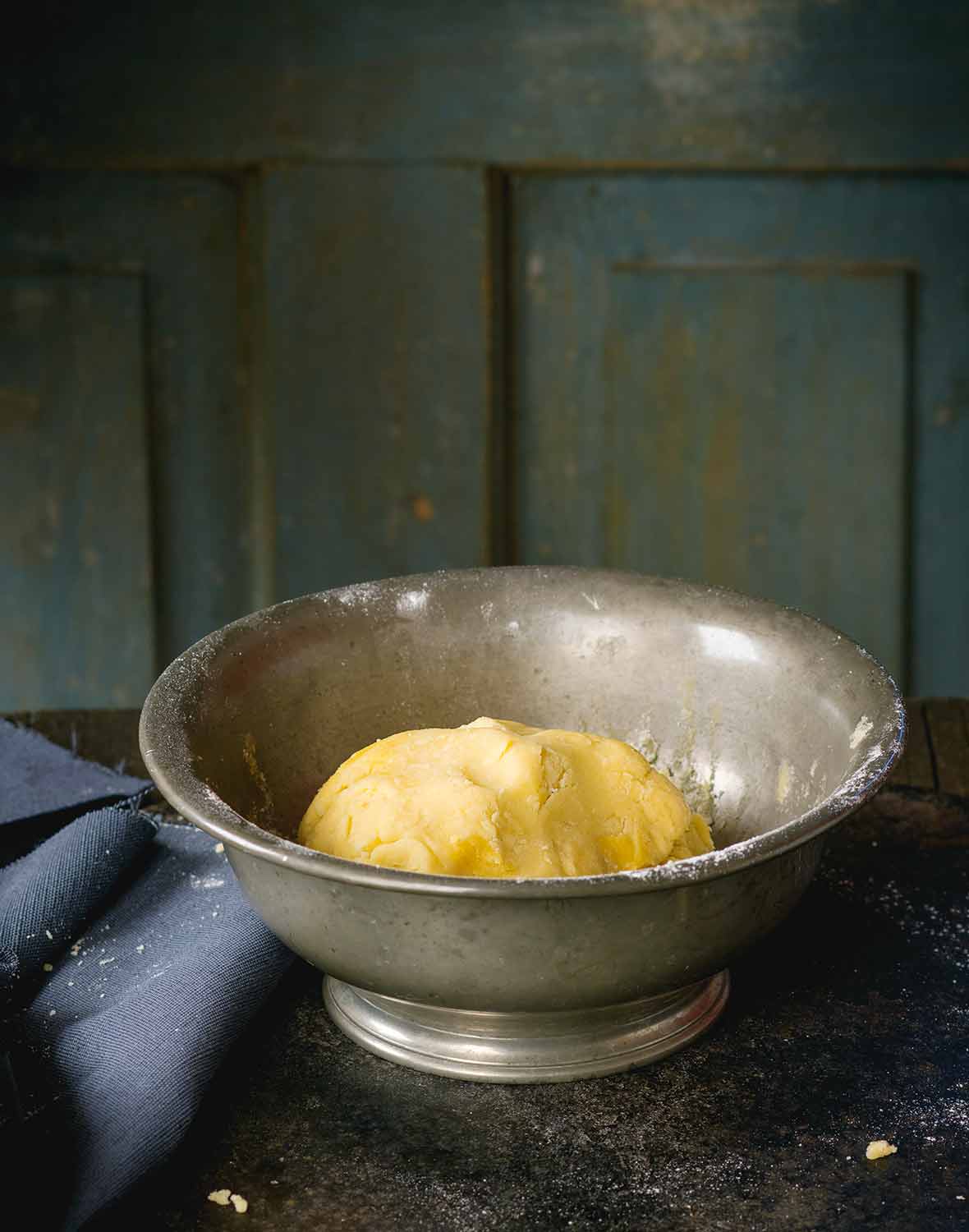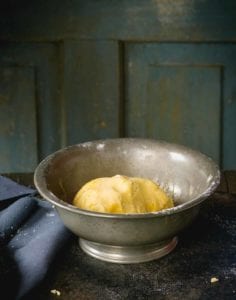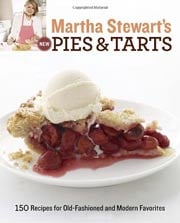
Jump To
Things sound so darn sophisticated in French, oui?
While it may sound quite pretentious, “pâte sucrée” (pate soo-CRAY) means, quite simply, “sweet pastry.” And that’s exactly what you get. A sturdy, surprisingly easy to handle dough, thanks to a relatively high proportion of sugar and egg yolk, that’s quite adept at supporting all manner of pies and tarts. Were we to have a say in naming things, it’d also be known as “super simple pastry that’ll lend you confidence in your crust-making abilities, make you a legend in your own kitchen, and send all your guests back for seconds.” No need to wonder how to say it in French. You already know.–Renee Schettler
LC Il Fait Froid Note
There’s a very simple reason pie crust recipes call for cold butter. The short answer is it makes the dough flakier. The long answer is it helps the butter in the dough remain solid rather than turn into a puddle until it’s met by the blast of a hot oven. Then the butter shrugs off its moisture in such a way as to create layers and layers of sweet, flaky pastry porn. You might say it melts in your oven, not in your hand. In the summer, we take it one step further and tend to chill the flour as well, just as an added precaution to said butter temperature patrol.

Classic Pâte Sucrée
Ingredients
- 2 1/2 cups all-purpose flour
- 1/4 cup sugar
- 1/4 teaspoon salt
- 1 cup (2 sticks) cold unsalted butter, cut into small pieces
- 2 large egg yolks, lightly beaten
- 2 to 4 tablespoons cold heavy cream or ice water
Instructions
- Pulse the flour, sugar, and salt in a food processor until combined. Add the butter and pulse just until the mixture resembles coarse meal. Add the yolks and drizzle 2 tablespoons of the cream evenly over the mixture. Pulse just until the dough begins to come together, no more than 30 seconds. If the dough is too dry, add the remaining cream, 1 tablespoon at a time, and pulse to combine.
- Divide the dough in half, pat each half into a disk, and wrap in plastic. Refrigerate for at least 1 hour or up to 2 days or freeze for up to 3 months (thaw in refrigerator for several hours or overnight before using).

Explore More with AI
Nutrition
Nutrition information is automatically calculated, so should only be used as an approximation.









